Genetics
Unique Gene Combinations Reshape Our Brains and Behaviors
Scientists discover how specific genes and brain plasticity affect behaviors.
Posted November 28, 2013
For the first time, an international team of scientists have linked specific genes with the size and connectivity of specific brain areas and pinpointed how these brain changes affect human behaviors.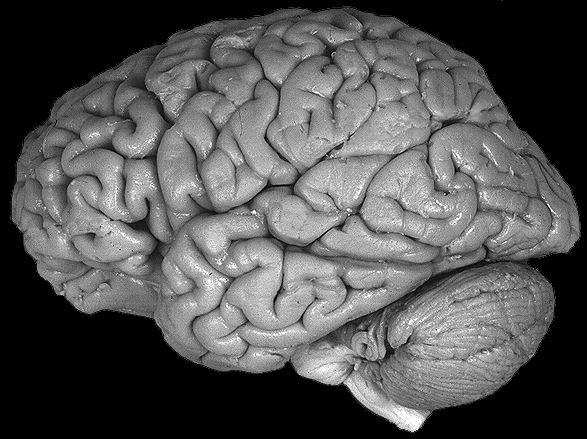

For the first time, an international team of scientists have linked specific genes with the size and connectivity of specific brain areas and pinpointed how these brain changes affect human behaviors.
On November 27, 2013 researchers from the Salk Institute in La Jolla, California announced that an international team of scientists has made inroads to understanding how genes influence brain structure and cognitive abilities and how neural circuits produce language.
The results of the study were published November 2013 in Developmental Neuropsychology in an article titled: "Genetic Mapping of Brain Plasticity Across Development in Williams Syndrome: ERP Markers of Face and Language Processing.”
These findings are a breakthrough in cognitive neuroscience research because studying how genes influence cognitive abilities and behavior as the brain develops from childhood to adulthood has proven difficult for researchers.
The international team studied individuals with a rare disorder known as Williams syndrome. By measuring neural activity in the brain associated with the distinct language skills and facial recognition abilities that are typical of this syndrome, the researchers showed that Williams is not due to a single gene but to distinct subsets of genes, hinting that the syndrome is more complex than originally thought.
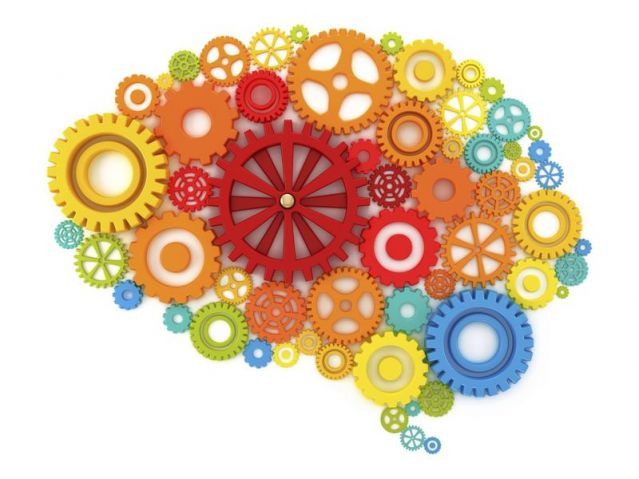
"Solutions to understanding the connections between genes, neural circuits and behavior are now emerging from a unique union of genetics and neuroscience," says Julie Korenberg, a University of Utah professor and an adjunct professor at the Salk Institute, who led the genetics aspects on the new study. The study was led by Debra Mills, a professor of cognitive neuroscience at Bangor University in Wales. Ursula Bellugi, a professor at the Salk Institute for Biological Studies in La Jolla, was also integrally involved in the research.
Korenberg had a hunch that by combining her expertise in genetics with Debra Mills' neuroscientific approach that together they could solve the puzzle. Their goal was to identify which genes were responsible for rewiring the brain and how specific changes in brain connectivity led to altered reactions to other human faces in people who have Williams syndrome.
Mills says, "We also discovered that in those with Williams syndrome, the brain processes language and faces abnormally from early childhood through middle age. This was a surprise because previous studies had suggested that part of the Williams brain functions normally in adulthood, with little understanding about how it developed."
What Is the Neurobiology of Williams Syndrome?
Williams syndrome is a neurodevelopmental disorder characterized by distinctive facial features and an unusually cheerful demeanor and ease with strangers. Perplexingly, this developmental disorder is coupled with stonger than average language skills. Williams syndrome is caused by a deletion of about 26 genes from the long arm of chromosome 7. The syndrome was first identified in 1961 by Dr. J.C.P. Williams from New Zealand.
Do you know someone with Williams syndrome? Williams syndrome affects approximately 1 in 10,000 people around the world, including an estimated 20,000 to 30,000 individuals in the United States.
Most individuals with Williams syndrome are highly verbal relative to their IQ, and are overly sociable, having what is often described as a "cocktail party" type personality. Interestingly, in a polar opposite to autism spectrum disorders, individuals with Williams syndrome tend to hyperfocus on the eyes of others in social engagements.
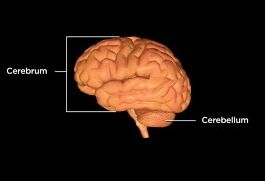
Cerebrum (up brain) | Cerebellum (down brain)
Because of the widespread genes missing in people with Williams syndrome, there are many effects on the brain—these include abnormalities in the cerebellum, the right parietal cortex (sense of space and navigation), and the left prefrontal cortex (executive function).
This atypical pattern of brain development results in visual-spatial disabilities and problems with behavioral timing often seen in Williams syndrome. Among a variety of other functions, the neural pathways from the cerebellum to the cerebrum are responsible for the timing of fine motor skills.
The atypical connectivity of these brain regions causes individuals with Williams syndrome to have difficulty performing fine motor tasks such as drawing and writing. In addition, people with Williams syndrome often exhibit gross motor difficulties, including trouble walking down stairs, as well as overactive motor reflexes (hyperreflexia) and hyperactive, involuntary movement of the eyes (nystagmus). These are also linked to the connections between the cerebellum and the cerebrum.
The mysterious and powerful cerebellum is only 10% of brain volume but holds over 50% of the brain's neurons. My father—who was a neurosurgeon and neuroscientist—always said, "Whatever the cerebellum is doing, it's doing a lot of it." Luckily, with new 21st century technologies and collaborations, like in this study, researchers are beginning to solve the riddles of the enigmatic cerebellum.
People with Williams syndrome also have an atypical connection between the parietal-dorsal areas of the neocortex, but not the ventral areas. The parietal-dorsal area handles visual processing that supports visual-spatial analysis of the environment, while the ventral is related to semantic recognition of visual stimuli, as well as the recognition of faces.
Because of this, individuals with Williams syndrome are often able to visually identify and recognize whole objects, and refer to them by name, but struggle with visuospatial construction (seeing an object as being composed of many smaller parts, and recreating it) and because of cerebellar deficits they have trouble orienting themselves in space, which is called “proprioception.”

Interestingly, although individuals with Williams experience developmental delays and learning disabilities, they are exceptionally sociable and possess remarkable verbal abilities and facial recognition skills. Bellugi has long observed that sociability also seems to drive language and has spent much of her career studying those with Williams syndrome.
Ursula Bellugi says, "Williams offers us a window into how the brain works at many different levels. We have the tools to measure the different cognitive abilities associated with the syndrome, and thanks to Julie and Debbie we are now able to combine this with studies of the underlying genetic and neurological aspects."
The Brain Rewires Connections to Compensate for Williams Syndrome Deficits
Suspecting that specific Williams genes might lead to brain plasticity and that these syndrome genes might be linked to the unusual proficiencies of those with Williams, the team enrolled individuals of various ages for this study.
The researchers studied children, adolescents, and adults who all had the full genetic deletion for Williams syndrome and compared them with peers who did not have Williams. Their study is the first to examine the brain structure and its functioning in children with Williams. As Korenberg predicted, a critical piece of the puzzle came from also including two adults with only partial genetic deletions for Williams.
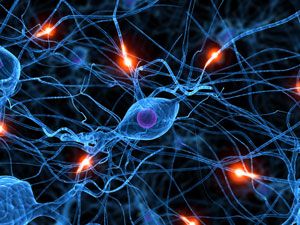
The team led by Mills used highly sensitive sensors to measure brain activity. During the study the researchers presented participants with both visual and auditory stimuli in the form of unfamiliar faces and spoken sentences. Then they charted the small changes in voltage generated by the areas of the brain responding to these stimuli, a process known as event-related potentials (ERPs).
Mills identified ERP markers of brain plasticity in Williams syndrome in children and adults of varying ages and developmental stages. These findings are important because the brains of people with Williams are structured differently than those of people without the syndrome.
In the Williams brain, the dorsal areas (along the back and top), which help control vision and spatial understanding, are undersized. The ventral areas (at the front and the bottom), which influence language, facial recognition, emotion and social drive, are relatively normal in size.
It was previously believed that in individuals with Williams, the ventral portion (underside) of the brain operated normally. However, the team discovered that this area of the brain also processed information differently and did so throughout childhood development and into the adult years.
Other key findings of the study found that while psychological tests which focused on facial recognition were unable to hone in on differences between these groups. By using ERP measurements, which look directly at neural activity, the scientists found differences in these recognition abilities. Because the scientists were able to see inside the brain and pinpoint how very slight genetic differences affected brain activity, they could identify how specific roles of sub-sets of Williams genes affect brain development.
Conclusion: Geneticists and neuroscientists working together will create revolutionary changes in psychology.
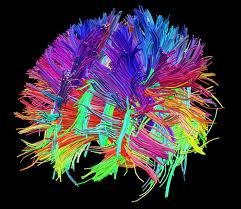
By bringing these one-in-a-million experts in the field of genetics and neuroscience together, this international team had an unprecedented opportunity to study the genetic underpinnings of mental disorders. The results of this study not only advance science's understanding of the links between genes, the brain, and behavior . . . these findings may lead to new insights into such disorders as autism, Down syndrome and schizophrenia.
Korenberg concludes, "By greatly narrowing the specific genes involved in social disorders, our findings will help uncover targets for treatment and provide measures by which these and other treatments are successful in alleviating the desperation of autism, anxiety and other disorders.”
If you’d like to read more on this topic please check out my Psychology Today blog posts:
- “What is the Human Connectome Project? Why Should You Care?”
- “One More Reason to Unplug Your Television”
- “Autism Genes Can Disrupt Connections Between Brain Regions”
- ”The Size and Connectivity of the Amygdala Predicts Anxiety”
- “Hand-Eye Coordination Improves Cognitive and Social Skills”
- “Video Gaming Can Increase Brain Size and Connectivity”
- “Better Motor Skills Linked to Higher Academic Scores”
- “Einstein’s Genius Linked to Well-Connected Brain Hemispheres”
- “The Neuroscience of Calming a Baby”
- “Why Is Dancing So Good for Your Brain?”
- "The Neuroscience of Madonna's Enduring Success"
- "Musical Training Optimizes Brain Function."
Please follow me on Twitter @ckbergland for updates on The Athlete’s Way blog posts.




